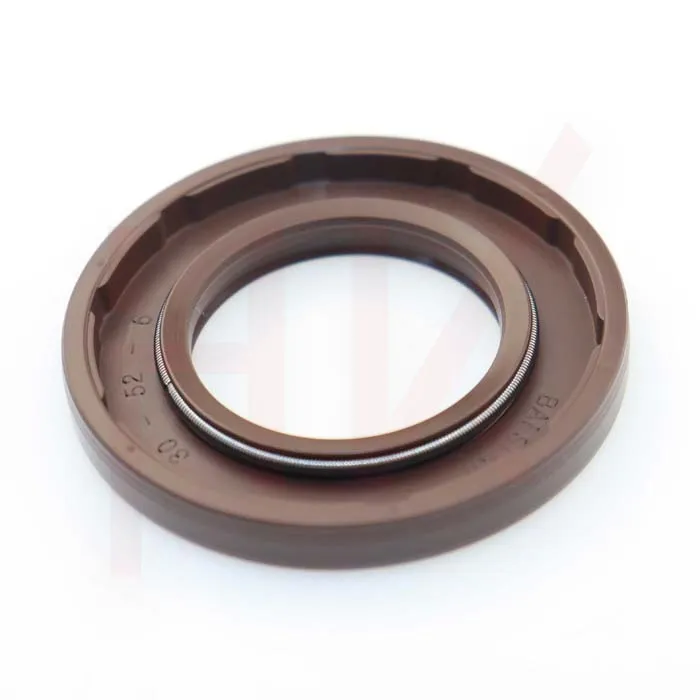സെപ് . 28, 2024 07:45 Back to list
Seals and Wipers for Optimal Performance and Reliability in Machinery
Seals and Wipers The Unsung Heroes of Machinery
In the world of engineering and machinery, there are components that often go unnoticed yet play a pivotal role in ensuring the smooth operation of various equipment. Among these components, seals and wipers stand out as unsung heroes. These two elements, although simple in construction, fulfill critical functions that protect and enhance the performance of machinery across various industries.
The Function of Seals
Seals are essential components designed to prevent the escape of fluids and the ingress of contaminants in mechanical systems. They form a barrier at points where different components meet, effectively sealing off spaces within machinery to maintain efficiency. For instance, in automotive engines, seals play a vital role in preventing oil leaks and ensuring that coolant remains within the system. The integrity of seals can significantly impact the longevity and performance of machinery.
There are various types of seals, including O-rings, lip seals, and gasket seals. O-rings, which are circular and pliable, are widely used in hydraulic systems where they compress to create a tight seal. Lip seals, on the other hand, are designed to retain lubricants while keeping contaminants out, making them essential for rotary applications. Gasket seals, made from various materials such as rubber, cork, or metal, are used in applications where parts are bolted together, ensuring fluid containment in engines and compressors.
The Role of Wipers
While seals focus on containment, wipers serve a different function they help wipe away debris, dust, and contaminants from the surfaces of moving parts. This is especially important in equipment with sliding or rotating components, such as hydraulics and pneumatic cylinders. Wipers not only enhance the performance of machinery but also extend the lifespan of seals by preventing abrasion and wear caused by debris.
Wipers are often used in conjunction with seals to provide comprehensive protection. For example, in hydraulic cylinders, the wiper removes any dirt or particles from the surface of the rod during its movement, while the seal retains the hydraulic fluid. This dual approach ensures that the hydraulic system operates efficiently, reducing the risk of malfunction and costly repairs.
seals and wipers

The Importance of Material Choice
The performance and reliability of seals and wipers largely depend on the materials from which they are made. Choosing the right material is critical, as it must withstand various environmental conditions, including temperature fluctuations, exposure to chemicals, and mechanical stress. Common materials include rubber, polyurethane, and thermoplastics.
For instance, silicone rubber is often used for seals in high-temperature environments due to its excellent heat resistance. In contrast, polyurethane wipers are favored for their durability and resistance to wear and tear, making them suitable for harsh operating conditions. Engineers must carefully consider the material properties to ensure optimal performance and longevity of seals and wipers.
Innovations and Developments
As technology advances, so too do the designs and functionalities of seals and wipers. Innovations in material science have led to the development of enhanced sealing solutions that offer better resistance to wear, higher temperatures, and extreme pressures. Additionally, advancements in manufacturing techniques have allowed for the creation of more precise and complex sealing solutions tailored to specific applications.
Moreover, the rise of Industry 4.0 has introduced new opportunities for smart seals and wipers equipped with sensors that monitor performance in real-time. These smart components can provide data analytics on operational conditions, enabling predictive maintenance and reducing downtime in industrial settings.
Conclusion
Seals and wipers may not be the most glamorous components in engineering, but their importance cannot be overstated. They are the backbone of reliability and efficiency in mechanical systems, preventing leaks and contaminants while ensuring smooth operation. As technology continues to evolve, the future of seals and wipers looks promising, with innovations set to enhance their performance even further. Recognizing the crucial roles these components play can lead to better maintenance practices and improved machinery lifespan, ultimately resulting in higher productivity and reduced operational costs across various industries. In essence, seals and wipers are not just components; they are the guardians of machinery performance, deserving of greater recognition in the engineering world.
-
TCN Oil Seal Metal Ring Reinforcement for Heavy Machinery
NewsJul.25,2025
-
Rotary Lip Seal Spring-Loaded Design for High-Speed Applications
NewsJul.25,2025
-
Hydraulic Cylinder Seals Polyurethane Material for High-Impact Jobs
NewsJul.25,2025
-
High Pressure Oil Seal Polyurethane Coating Wear Resistance
NewsJul.25,2025
-
Dust Proof Seal Double Lip Design for Construction Equipment
NewsJul.25,2025
-
Hub Seal Polyurethane Wear Resistance in Agricultural Vehicles
NewsJul.25,2025
-
The Trans-formative Journey of Wheel Hub Oil Seals
NewsJun.06,2025
Products categories
















